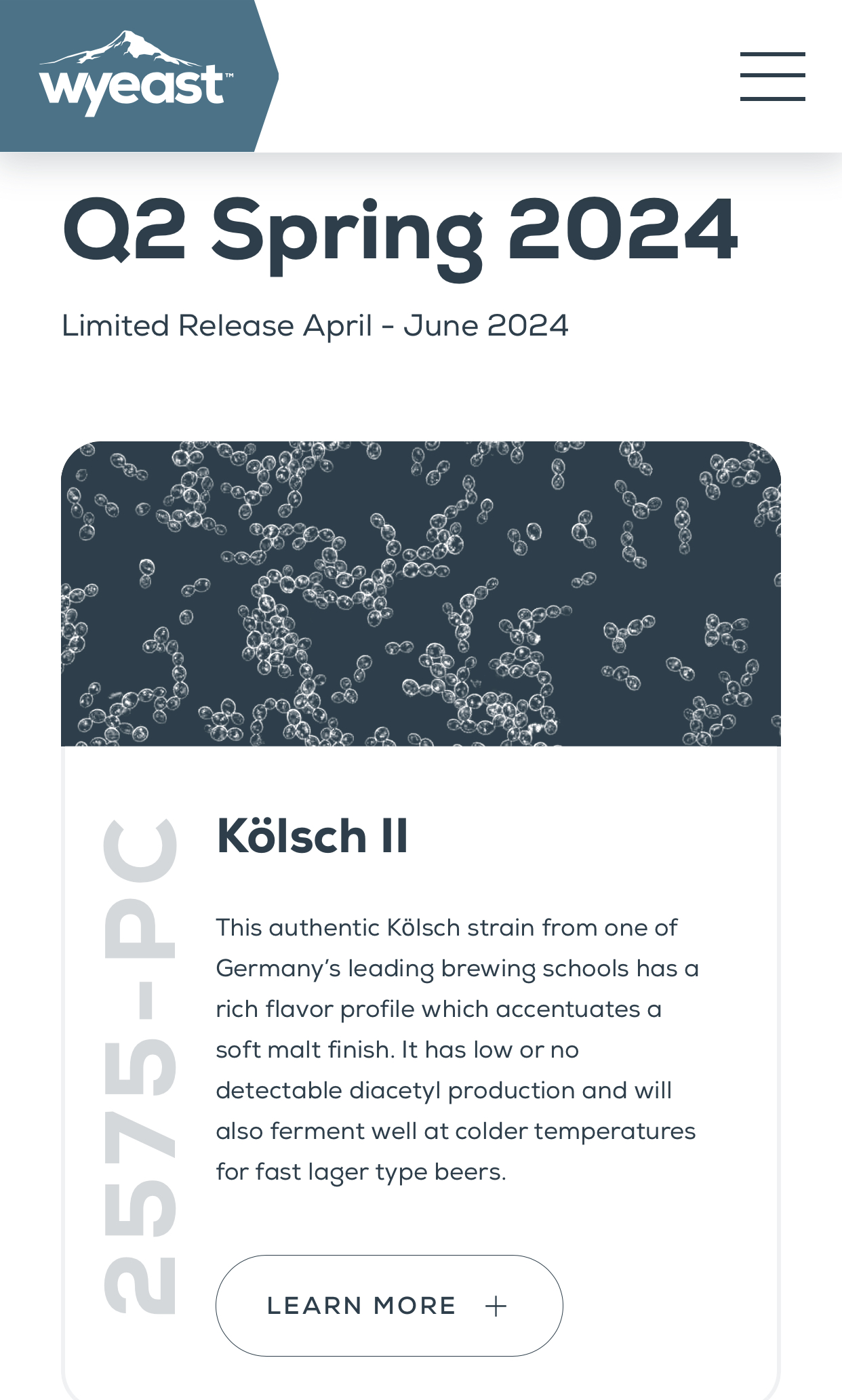Super off topic, but
@Broothru can you make a thread about your Kolsch yeast work? I would love to see work and findings.
I'll try to cobble something coherent together, but it's still a work in progress. Right now I have four yeasts that I've home propagated (non-lab) to a third step-up: White Labs/Yeast Bay WLP-4061, Wyeast 2565, Jasper 158, and Escarpment Labs ESC126, all of which are labeled and marketed as derived from core Kolner strains.
The number of propagations is actually
five. My first order of WLP-4061 had gotten mishandled by UPS and arrived warm and three days late, well after the promised "2nd Day Delivery". Kudos and props to White Labs who rushed a replacement yeast free of charge, even though the mishandling was not their fault! So I have A & B samples of the WLP "Rhine Kolsch." Each propagated similarly with no discernible difference, even though one sample had endured a day and a half on a loading dock in Jacksonville, FL, in summer heat.
I also have a frozen harvested WLP-029 sample that I used to brew a Kolsch in 2022 that I didn't like at all, as well as an Imperial G03 "Deiter" from a 2023 Kolsch that just did 'OK' in competition judging. Both of them are also touted as Kolsch yeasts. I'm considering reviving them to use as control samples in my comparison propagations, and maybe in pilot batches if they edge out the other contenders.
Of the four (five?) original pitches, after three steps (1.020SG, 1.040SG and a second 1.040SG step), all have achieved FG 1.006 in anywhere from 5 to eight days, cellar temperature 63F-65F, and produced 150-200 ml of dense slurry with a mix of pulsing on a stir plate and 'shaken nor stirred' methodology. I'm not sure what the actual cell count of each culture is, but I observed active fermentation in less than 8 hours in each, and Krausen by the second day, so there's good viability in all of them. My plan going forward is to refrigerate each separate propagation, then pitch each one before using into a fourth step propagation 4-5 days before using half in a fermentation and saving the other half for additional batches and step-propagations.
So those are the steps I've taken so far. The forecast is for warmer temperatures and good weather next week, so I'm considering doing a first pilot batch with one of 'the contenders' mid-week. The preliminary results in the competition for best Kolsch yeast are in the very early stage of "TBD", but so far the clear leaders are the WLP-4061 "Rhine Kolsch" and the late entry Escarpment Labs ESC126 "Kolsch." Both exhibit the desirable faint aromas of "green apple, pear and fresh fruit" without being overpowering or sweet. Both have attenuated at least 80%, so should present a dry, crisp finished beer. But the early lead goes to ESP126 which settles quite quickly, unlike most Kolsch yeasts which are notoriously slow in clearing. Only Jasper 158 cleared faster, remarkably so in fact, but it lacked many of the fresh, light aromas that a Kolsch should have. Also, the yeast seemed "dirty" and quite "chunkie" rather than fluffy and whitish tan in color. The supernatant in the jar was extremely clear, however, and the settled yeast very compact. The Wyeast 2565 did well, both visually and in performance, though the aromas were not nearly as present as the first two. It also shows the same propensity as most other Kolsch strains to take a very long time to settle. This one was the second to be propagated (out of 5 propagations) and is still the cloudiest. It is robust, however, as the sample was six months out of date when it finally got propagated. The freshest was the Escarpment Labs sample that had been manufactured exactly
14 days prior to pitching!
The final proof of course will be in how well each performs in an actual Kolsch wort to produce a superior beer. I'll post with results as things progress. With warmer weather just around the corner, and final clearance from my doctor to start lifting things again, maybe I'll get a start on actually brewing comparison half-batches. My first pilot batch will have the grist bill I used in a Kolsch last year that did well in a local BJCP competition (1st in Category), but was done non-traditionally under pressure with a hybrid yeast. This year I'm attempting to go fully traditional and advance in the Best of Show round of judging.
Wish me luck!










![Craft A Brew - Safale S-04 Dry Yeast - Fermentis - English Ale Dry Yeast - For English and American Ales and Hard Apple Ciders - Ingredients for Home Brewing - Beer Making Supplies - [1 Pack]](https://m.media-amazon.com/images/I/41fVGNh6JfL._SL500_.jpg)















































